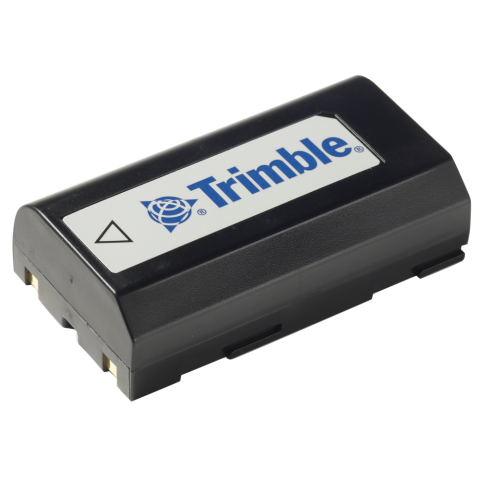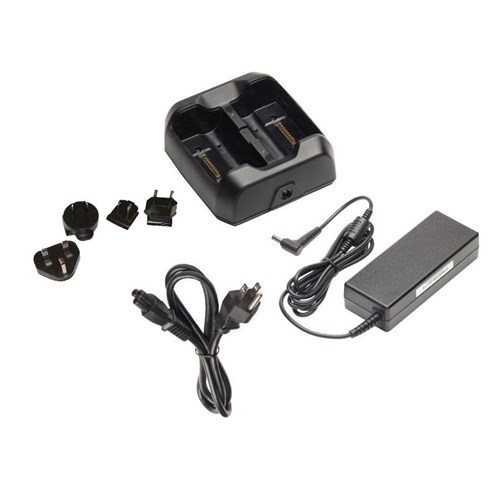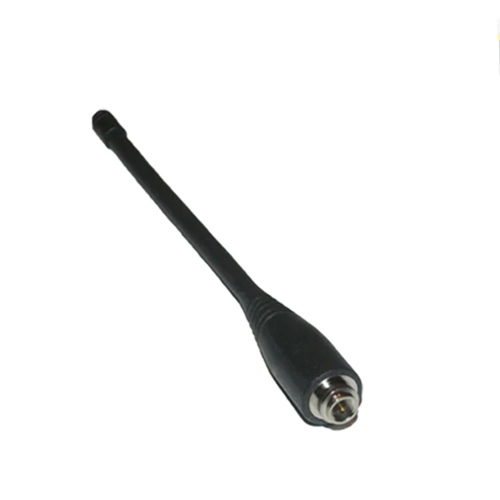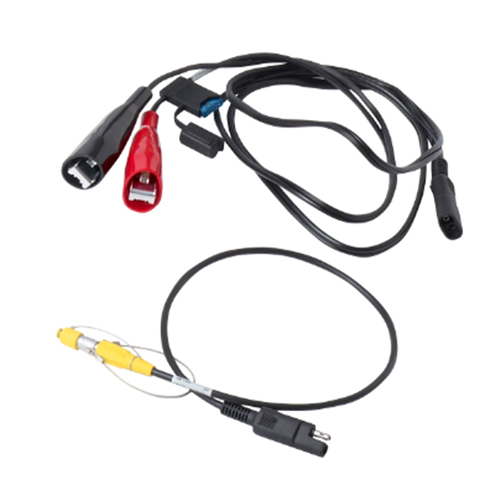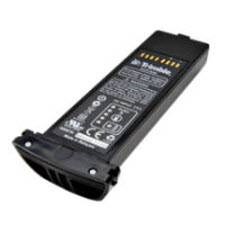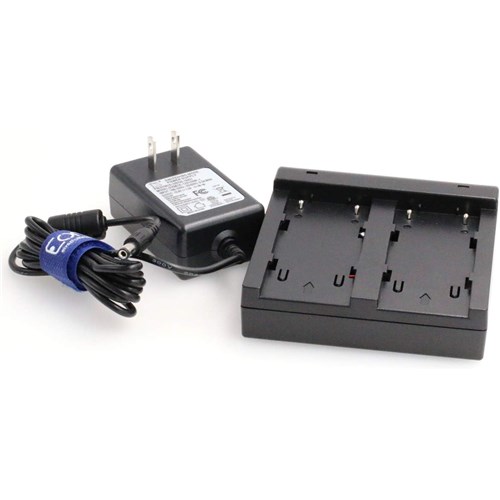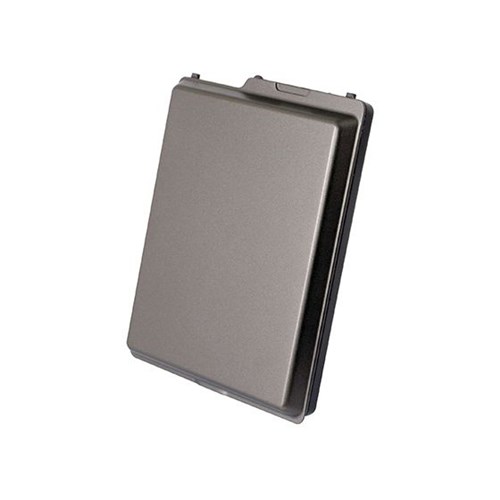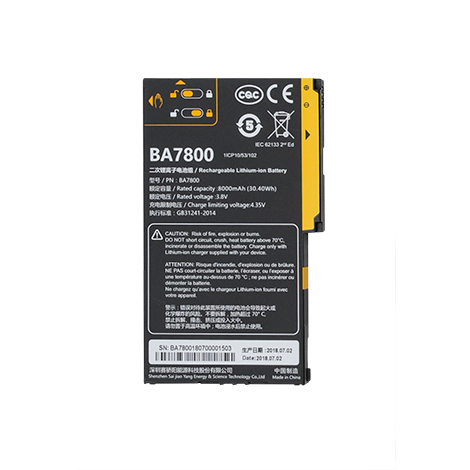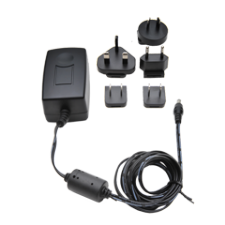Search in Category
Shop by Category
Chargers + Batteries
Li-Ion Battery for R2 / MT1000 / Dini / R780
Rechargeable Battery for the Trimble R2
TSC7 External Battery Charger w/Int Cord
The charger for one set of 2 batteries for the TSC7 controller incl. Int. Power Cord.
UHF Radio Antenna w/SMA Conn
Replacement radio antenna for Trimble R10 and R12 GNSS receivers for RTK land survey.
Trimble R10 Ext. Battery Cable Set 7P Lemo - SAE
7P Lemo to SAE, 0.6m / SAE to Battery Clips, 1.8m for the Trimble R10, R12, and R12i GNSS receivers.
Trimble AC Power Supply for Geo 6000/Geo 7
Use this Power Supply to recharge your GeoExplorer 6000, Pro 6, and Geo 7 series handheld battery pack.

Don't see what you need?
Click here to let us know and we'll help you find what you're looking for.Best Usage Tips For Your Trimble Batteries and Chargers
All Lithium-Ion batteries have a limited life span. The shelf-life of Trimble batteries is typically one to two years. At Duncan-Parnell, we recommend using genuine Trimble batteries only to ensure the most extended battery life possible.
We pride ourselves on providing our customers with the highest quality parts and accessories with friendly services. To get the most out of your Trimble Li-ion battery, you need to know some important things.
Battery Tips: Should You Fully Discharge Trimble Li-ion Batteries?
Trimble batteries operate best between 2.5 and 4 volts. If they become discharged below 2.5 volts, the cells can be damaged and may not easily take charge or retain their power for long.
A partial discharge is better for the battery's health and capacity than allowing a complete discharge. However, GNSS receivers can store data in internal RAM and continue working for several hours after the battery power has drained to zero volts.
In such cases, the battery gets discharged much more than it needs to be. However, under normal circumstances, a complete discharge of a Trimble Li-ion battery will not cause any damage. Still, it is not recommended and can shorten the life of your battery over time.
We offer dual slot chargers capable of charging two batteries simultaneously, making it convenient to charge and keep your spare battery.
How to Store Trimble Li-ion Batteries?
Our Trimble batteries, especially the 3 x EM-BLI-TRB3 model, should be stored at room temperature and in a dry environment. Protect the batteries from freezing temperatures below 32 degrees Fahrenheit and avoid exposing them to excessive heat above 104 degrees Fahrenheit. The recommended storage temperature is between 50 degrees Fahrenheit and 77 degrees Fahrenheit.
Storing batteries in extremely hot or cold temperatures can shorten the battery's overall life. Do not charge batteries while they are stored. Store them in a well-ventilated area away from flammable materials and electrical equipment.
When ready to use the batteries again, bring them back up to room temperature before using them. Note that it will lose some of its capacity when the battery is cold until it warms up.
This is normal behavior for these batteries and does not indicate a problem with the battery itself.
How Long Should a Battery Last in Your Trimble GNSS Receiver?
The battery life of your receiver depends on several factors, including temperature, the number of satellites it tracks, and the constellation(s) to which those satellites belong.
We recommend replacing batteries after five years of use or if the capacity drops below 80% of its original charge. Each time you recharge a battery, it loses a fraction of its power to recharge the battery. Over time, this process takes its toll on the battery's capacity until it cannot hold a charge or lasts only a few hours after being fully charged.
At Duncan-Parnell, we know that your GNSS receiver is an essential tool for your work, and downtime is not acceptable. We want to ensure you have the resources to operate efficiently and effectively.
You may be able to find replacement batteries on Amazon but be careful about who is selling them because not all batteries meet Trimble specifications for size, voltage, and current rating. In addition, we do not recommend buying low-quality copies.
The additional value we can provide through our national network of partners is immeasurable. Please visit Duncan-Parnell for all your geospatial solutions needs!


 Brand
Brand
